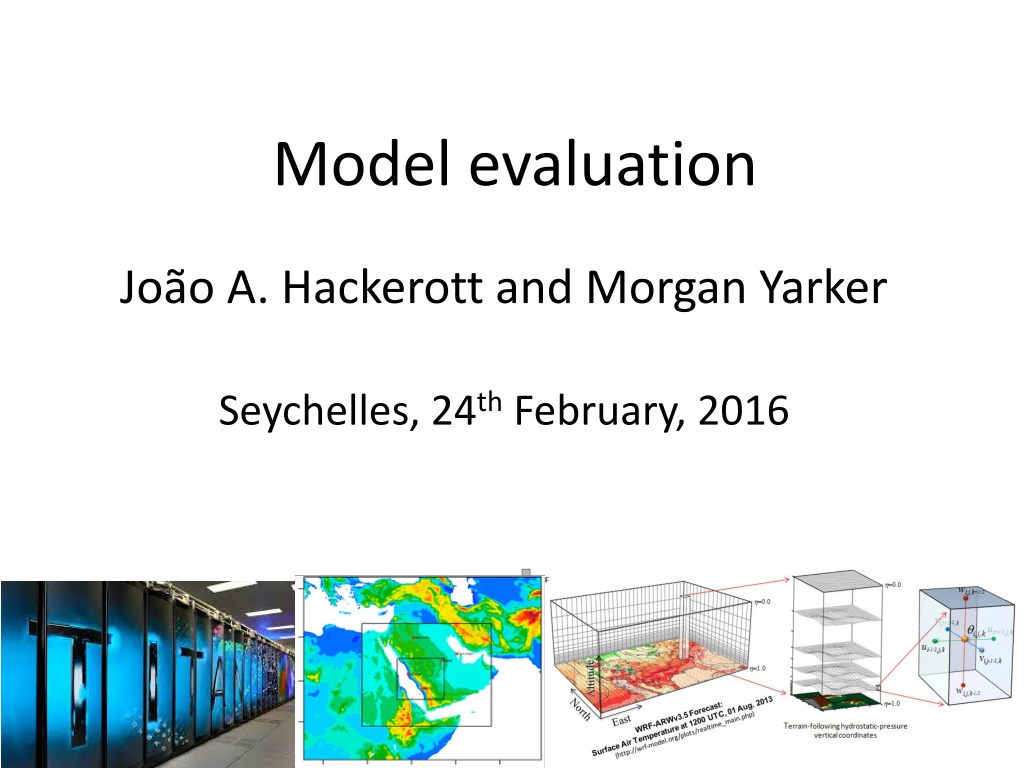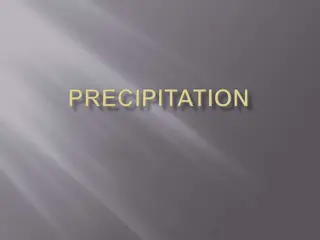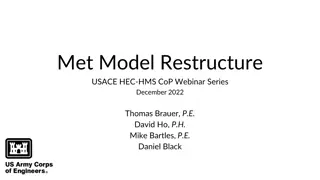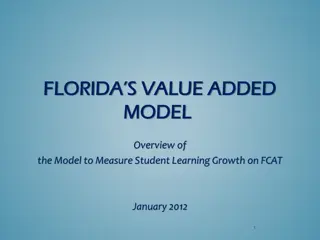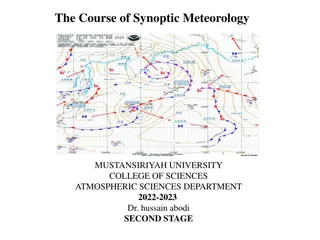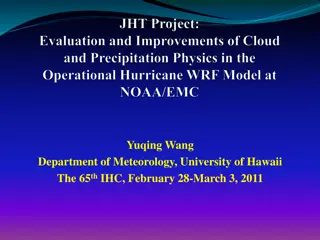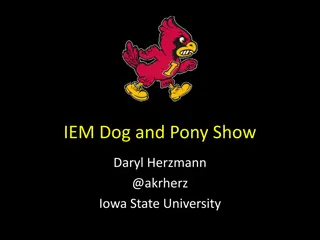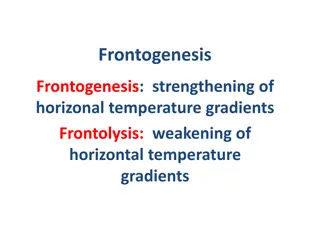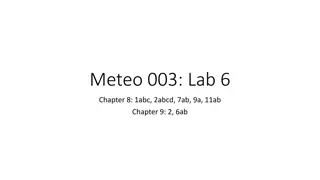Understanding Model Evaluation in Meteorology
Model evaluation in meteorology involves verifying, hypothesizing, proving, and improving models through a systematic process. Factors such as error analysis, grid spacing, model resolution, domain size, computational errors, chaotic equations, and initial condition errors play critical roles in assessing the accuracy and reliability of weather models. Addressing these aspects helps meteorologists enhance forecast accuracy and mitigate uncertainties in atmospheric predictions.
Download Presentation

Please find below an Image/Link to download the presentation.
The content on the website is provided AS IS for your information and personal use only. It may not be sold, licensed, or shared on other websites without obtaining consent from the author. Download presentation by click this link. If you encounter any issues during the download, it is possible that the publisher has removed the file from their server.
E N D
Presentation Transcript
Model evaluation Jo o A. Hackerott and Morgan Yarker Seychelles, 24thFebruary, 2016
Why verify? 1) Disagree with a fact. 2) Elaborate hypothesis. Hypothesis 3) Proof the hypothesis. 4) Develop improvement. Example: Fact: Model simulates rain within an accepted error. I ran WRF for 3 month on my hometown and it was under estimating the rainfall. Hypothesis: Problems in Cumulus Parameterization. I decided to change the cumulus parameterizations since I verified that the problems were occurring during convective days. Proof: Compare to others. I changed from Tiedtke to KF and after 3 more months, the verification improved. Develop: Apply the change on operation.
Accepted error But, what is an error? Which parameterization?
Resolution Which grid space? Gs = L Gs = L/3 Gs = L/2 Gs = L/4 Gs = L/8 Sea breeze: ~80km -> need around 10km grid space.
Resolution 0,5 Which model should I use? Pay attention to the vertical resolution as well! 27 km 9 km 3 km Altitude (m)
Domains size Same resolution Large domain Small domain 1stdomain has to resolve the synoptic conditions. The domains must be large! Attention where is your interest!
Computational error Chaos theory (Lorenz, 1963) Suppose a perfect model (physics and initial conditions) The forecast will not be perfect due to truncations Because of nonlinearity of meteorological equations, small deviation may increase significantly with time.
Initial condition error Analysis is not perfect! Grid interpolation. Observational problems. Lack of data. It is a model simulation. www.meted.ucar.edu /bom/mdata_assim/
Summary of model error Unsolved physics Observation Chaos / truncation Analysis (Warner, 2011)
Observed data for model verification Observed data are not the absolute truth! We can t know the complete reality Observations generally are more true than a model analysis and re-analysis (at least they are relatively more independent). Observational uncertainty should be somehow taken into account. You must be tuff (exigent) about your comparison!!!
Compare to observations (Warner, 2011)
Dichothomus evaluation Probability of right tornado forecasted = 30/50 = 60% Percentage of correct forecast = (30+2680)/2800 = 97% These tables are easy to produce and give you valuable information Can be used also for thresholds. Example: Temperature less than 20 C.
Indices based on conditioning Hit Rate (Prob. Of Detction) =a/(a+c) False Alarme Tate = b/(b+d) Probability of detaction= 1-b/(b+d) False alarme ratio = b/(a+b) Frequency bias (a+b)/(a+c) Critical success index = a/(a+b+c)
